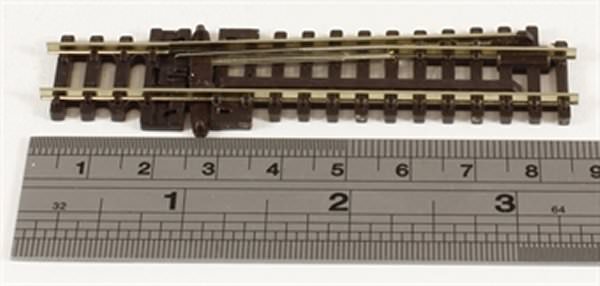goscrewyourselves
I'm the one
The titles says it all ... what is a Catch Point and what does it do?



Frederick,
Thank you and an intentional derailment, interesting way to do it.
Wombat,
Catch points are very common in Queensland and New South Wales at least. They're often identified by different signs/signals near the point switch.
In Queensland, catch points were traditionally indicated by a large red disc that swivelled when the track was set. If the points were set to derail equipment, the disc would show. If it was set for a train to pass normally, the disc would swivel 90° as the points were changed, so as not to be displayed to oncoming traffic.
Mitch
That could've been really bad, having water close by. I'm sure that driver got some serious "re-training", like becoming a permanent passenger instead.
The bridge tender dove into the water once he realized the train wasn't going to be able to stop. I guess he figured making a swim for it was better than being run over by a train.

